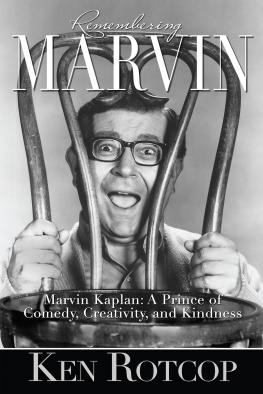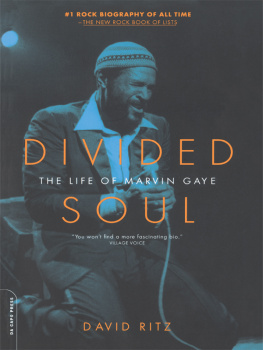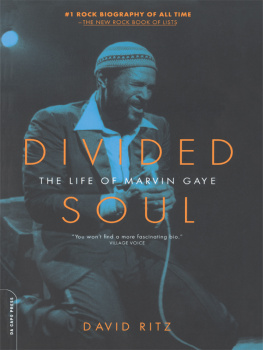Marvin D. Krohn - Social Development Models of Gang Involvement
Here you can read online Marvin D. Krohn - Social Development Models of Gang Involvement full text of the book (entire story) in english for free. Download pdf and epub, get meaning, cover and reviews about this ebook. year: 2020, publisher: Taylor & Francis, genre: Home and family. Description of the work, (preface) as well as reviews are available. Best literature library LitArk.com created for fans of good reading and offers a wide selection of genres:
Romance novel
Science fiction
Adventure
Detective
Science
History
Home and family
Prose
Art
Politics
Computer
Non-fiction
Religion
Business
Children
Humor
Choose a favorite category and find really read worthwhile books. Enjoy immersion in the world of imagination, feel the emotions of the characters or learn something new for yourself, make an fascinating discovery.

- Book:Social Development Models of Gang Involvement
- Author:
- Publisher:Taylor & Francis
- Genre:
- Year:2020
- Rating:3 / 5
- Favourites:Add to favourites
- Your mark:
- 60
- 1
- 2
- 3
- 4
- 5
Social Development Models of Gang Involvement: summary, description and annotation
We offer to read an annotation, description, summary or preface (depends on what the author of the book "Social Development Models of Gang Involvement" wrote himself). If you haven't found the necessary information about the book — write in the comments, we will try to find it.
Social Development Models of Gang Involvement — read online for free the complete book (whole text) full work
Below is the text of the book, divided by pages. System saving the place of the last page read, allows you to conveniently read the book "Social Development Models of Gang Involvement" online for free, without having to search again every time where you left off. Put a bookmark, and you can go to the page where you finished reading at any time.
Font size:
Interval:
Bookmark:

Marvin D.KrohnandJames C.Howell

by Routledge
2 Park Square, Milton Park, Abingdon, Oxon, OX14 4RN, UK
52 Vanderbilt Avenue, New York, NY 10017, USA
A catalogue record for this book is available from the British Library
by codeMantra
The publisher accepts responsibility for any inconsistencies that may have arisen during the conversion of this book from journal articles to book chapters, namely the possible inclusion of journal terminology.
Every effort has been made to contact copyright holders for their permission to reprint material in this book. The publishers would be grateful to hear from any copyright holder who is not here acknowledged and will undertake to rectify any errors or omissions in future editions of this book.
Megan Bears Augustyn, Jeffrey T. Ward and Marvin D. Krohn
Journal of Crime and Justice, volume 40, issue 3 (September 2017) pp. 252274
Asia S. Bishop, Karl G. Hill, Amanda B. Gilman, James C. Howell, Richard F. Catalano and J. David Hawkins
Journal of Crime and Justice, volume 40, issue 3 (September 2017) pp. 275296
Dena C. Carson, Stephanie A. Wiley and Finn-Aage Esbensen
Journal of Crime and Justice, volume 40, issue 3 (September 2017) pp. 297315
Dena C. Carson, Chris Melde, Stephanie A. Wiley and Finn-Aage Esbensen
Journal of Crime and Justice, volume 40, issue 4 (December 2017) pp. 396416
Caterina G. Roman, Scott H. Decker and David C. Pyrooz
Journal of Crime and Justice, volume 40, issue 3 (September 2017) pp. 316336
Dana Peterson and Vanessa R. Panfil
Journal of Crime and Justice, volume 40, issue 3 (September 2017) pp. 337357
James C. (Buddy) Howell, Margaret J. F. Braun and Paul Bellatty
Journal of Crime and Justice, volume 40, issue 3 (September 2017) pp. 358375
Adam M. Watkins
Journal of Crime and Justice, volume 40, issue 3 (September 2017) pp. 376394
http://www.tandfonline.com/page/help/permissions
Font size:
Interval:
Bookmark:
Similar books «Social Development Models of Gang Involvement»
Look at similar books to Social Development Models of Gang Involvement. We have selected literature similar in name and meaning in the hope of providing readers with more options to find new, interesting, not yet read works.
Discussion, reviews of the book Social Development Models of Gang Involvement and just readers' own opinions. Leave your comments, write what you think about the work, its meaning or the main characters. Specify what exactly you liked and what you didn't like, and why you think so.







